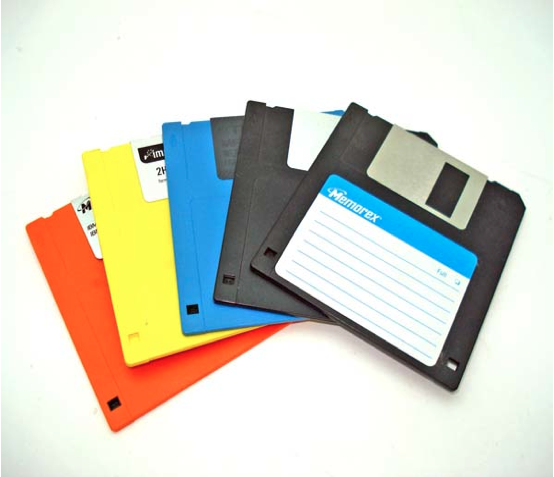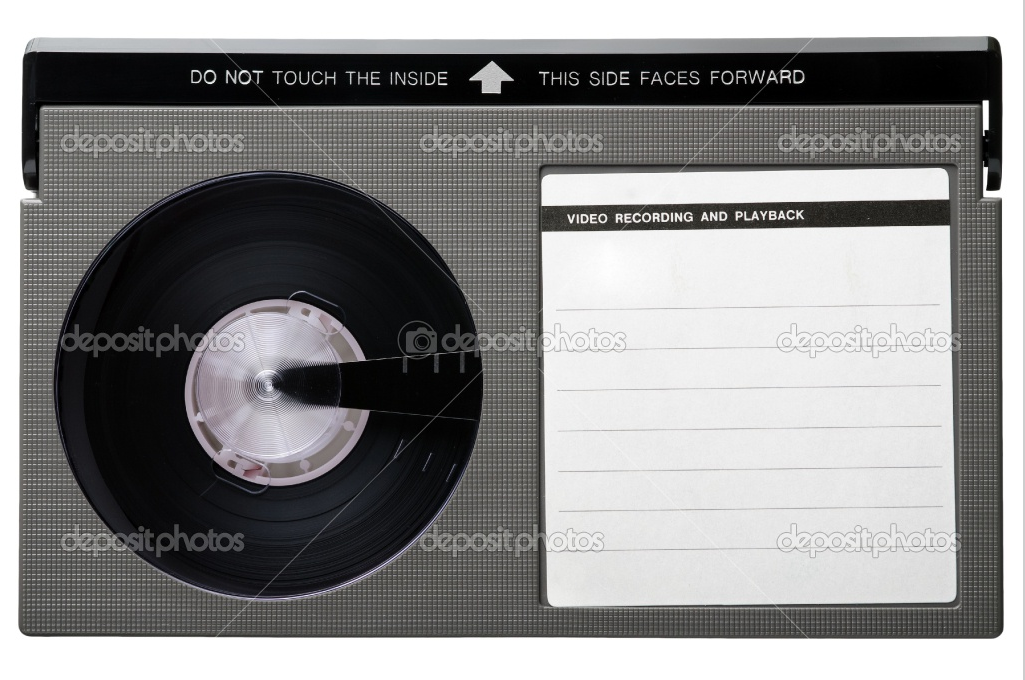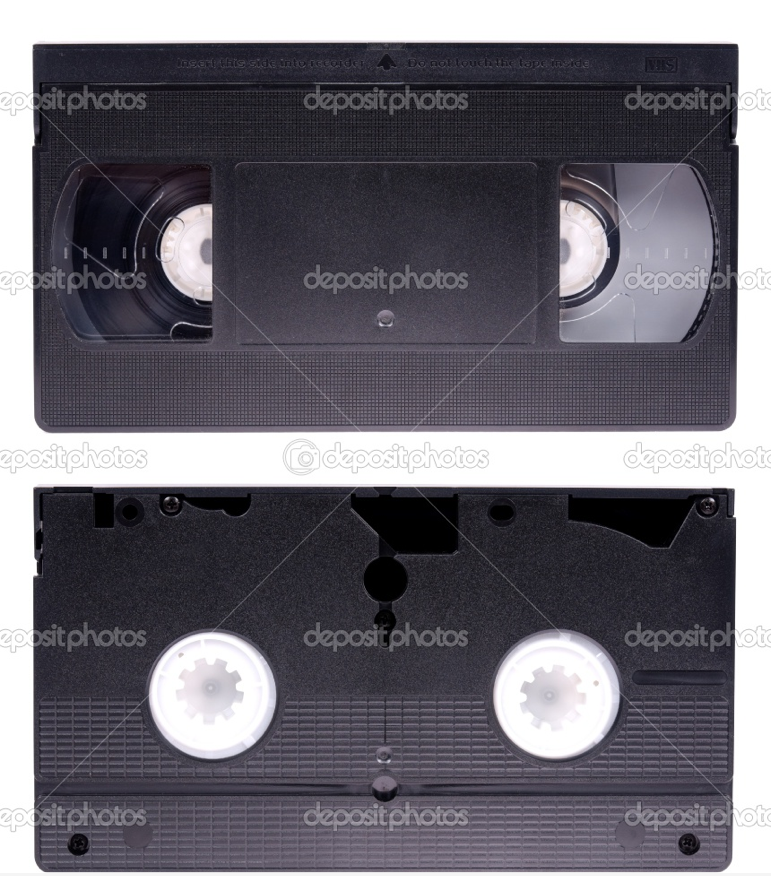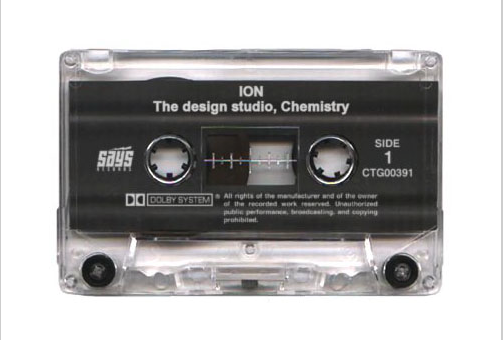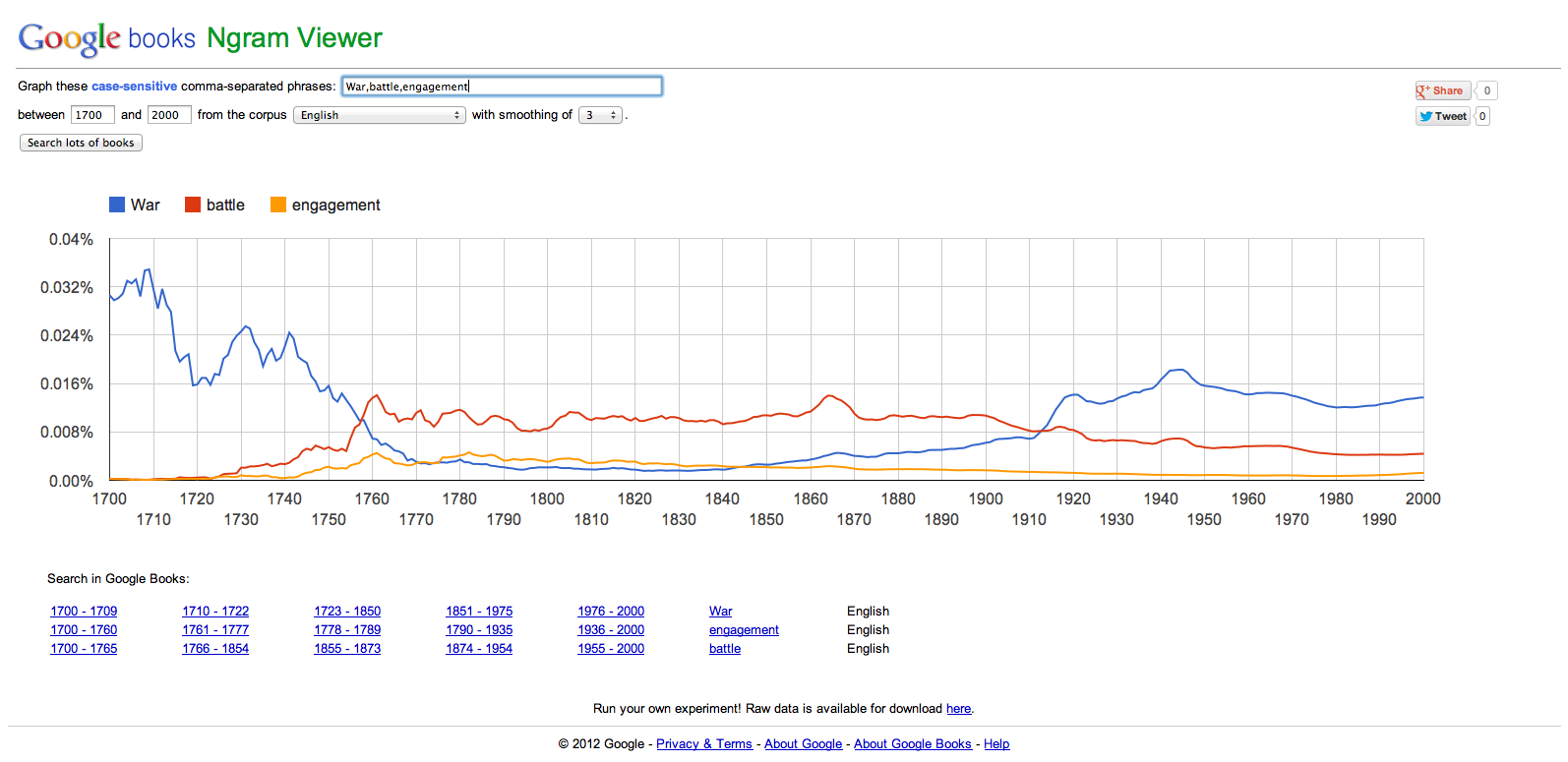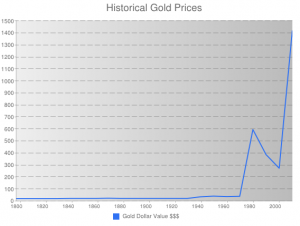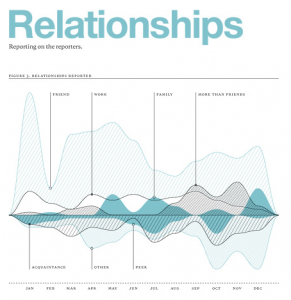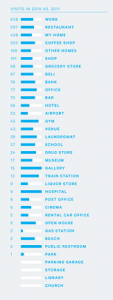So this is something that I have been working on for quite some time now. The most important digital media that I have preserved for my family are digital photographs. We have about 200 gigabytes worth of photos which have been shot mostly in jpeg format until recently when we started to shoot in a raw format to have greater photo editing capability. Our digital photos are the most important digital files that we care to preserve. There are also other files such as doc, xls, ppt, and pdf that I have saved. Some of these files are important and others are not.
The first step that I have taken in preserving these files is installing an additional internal hard drive into my desktop computer. This internal hard drive is used just for saving digital photographs. Knowing that my computer’s internal hard drive is reaching its life expectancy, I have taken the measures to ensure that my digital images do not get lost when this hard drive fails. The digital images get downloaded right into the second internal hard drive.
The method that I have used for several years now has been to back-up everything on some type of media that is fixed such as a CD or DVD. This process has been taking more time as more photographs have been taken and more files have been created. The best way to go through this process is by ensuring that all of your documents are well organized and properly named so that they are easy to find. The naming process is key to ensuring that you can locate something after it has been stored.
Once it has been fixed on a media that cannot change I ensure that it is backed up on an external hard drive. I currently have two external hard drives. I recently upgraded to a 3TB external hard drive. I did this because when you are shooting photography in Camera Raw each image is very large. The type of camera that you have will determine the size of your files. I own a Canon EOS 50D and this camera creates a Camera Raw file that is on average about 20MB. The first external hard drive is 500GB and it automatically backs up my entire desktop computer. The second external hard drive which is 3TB is used just for digital images and music. The second external hard drive works as a network hard drive giving everyone in my house access to it. No one in the house has the permissions to add or change any files in this external hard drive. I am the only one with the permissions to add or change anything. This ensures that the files do not get accidentally erased or corrupted. If my kids want to do something with one of the files they know that they must save a copy of it on their computer.
There will be a point where my 500GB external hard drive will no longer be able to stored the amount of digital files that I have. Once this happens I will upgrade to an external hard drive that is larger than the 3TB that I have. I feel that I have used a pretty good process in backing up all of the digital content that I own. Something that I have always kept in mind since I have owned a computer is that there is the possibility that the older files that I have may no longer be accessible with newer versions of software. Up to this point I have not had to convert any of the digital files that I own but in the future there might be the possibility of converting old digital files into new ones.
One avenue that I have not explored since I have had a computer is backing up digital files on the internet. This might be something that might be great for files that are not digital photographs. I feel that your digital photographs should be kept in a secured place where no one can access them or corrupt them. Digital photographs are files that once they are lost or corrupted can no longer be recreated. Special efforts must be taken to ensure the livelihood of digital photographs or any special documents that you do not want to lose.
For our final project I will use a similar method to preserve the digital content of my research. There are many things that I have learned in taking this class that will help me in preserving all of my digital files in the future. Hopefully in the future there will be a method of preserving digital content that will guarantee the safety of your digital files.

